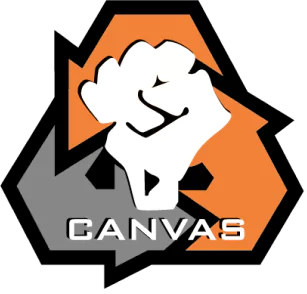Sep 1, 1742-1742
China
City Gods and Public Religious Protest in Call for Flood Aid
Share
ACTIVISTS/ACT.GROUPS/DESCRIPTION OF THE GROUP
County and City Elites; Local Commoners
TARGET
Local Government Officials
WIDELY HELD BELIEF
Instead of conducting surveys, the government should focus on providing relief to citizens after a natural disaster.
CASE NARRATIVE
Issue and Opponent: Scholars, members of the upper classes, and business owners organized large protests in Gaoyoum, Baoying, and Huai’an China. They targeted the Qianlong emperor. After the fall of the Ming dynasty, the Qing Empire wanted to legitimize and centralize the power of the state. To do this, the Emperor built a government around Neo-Confucian orthodoxy. This religion stated the importance of the loyalty and reverence a child should show to their parents. Along with the rise of Neo-Confucianism, there was an expectation that the government would provide everything for their citizens and would lead with benevolence.
Dilemma Action: During this time, citizens expected their government to provide help in exchange for their loyalty. In 1742, protests followed the vast flooding in the region of Yangzhou which affected the cities of Gaoyou, Baoying, and Huai’an. Immediately following the flooding, local governments conducted surveys to see how much damage had occurred. The citizens in these cities thought this process was too slow. In response, the upper class and scholars began organizing protests. They called for the government to end the survey and provide disaster relief. When these requests were ignored, local business owners went on strike. Along with the strikes, people began surrounding government offices carrying pictures of their city’s god. Local city gods were symbolic in the political hierarchy; they were sanctioned by the emperor and were symbols of the highest imperial authorities.
Outcome: The action was successful since famine relief was provided. In the end, the Qianlong emperor joined in support of the protesters. The emperor was bothered by the role of the local elite and scholars. As a response, he demoted local scholars and officials overseeing education.
PRIMARY STRUGGLE/GOAL
NONVIOLENT TACTICS USED
DA TACTICS USED
Slogans/caricatures/symbols
CASE NARRATIVE WRITER
SUCCESS METRICS
6 / 12
(CONC) Concessions were made
(PS) Dilemma action built sympathy with the public
(PUN) Punishment favored the activists
(REFR) Dilemma action reframed the narrative of the opponent
(RF) Dilemma action reduced fear and/or apathy among the activists
(SA) Dilemma action appealed to a broad segment of the public
PART OF A LARGER CAMPAIGN
0 / 3
RESOURCES
Project documentation
Dilemma Actions Coding Guidebook
Case study documentation
Dilemma_Actions_Analysis_Dataset
SOURCES
Hung, Ho-fung. 2013. “Protest with Chinese Characteristics: Demonstrations, Riots, and Petitions in the Mid-Qing Dynasty,” Columbia University Press, April. Retrieved July 13, 2023. (https://cup.columbia.edu/book/protest-with-chinese-characteristics/9780231152037).
Fortuna, Thomas. 2011. “Chinese elites and commoners use city gods and direct action to hasten flood relief, Qing China, 1742.” Global Nonviolent Action Database, December 13. Retrieved July 13, 2023. (https://nvdatabase.swarthmore.edu/content/chinese-elites-and-commoners-use-city-gods-and-direct-action-hasten-flood-relief-qing-china-).
Hung, Ho-fung. 2007. “Changes and Continuities in the Political Ecology of Popular Protest: Mid-Qing China and Contemporary Resistance,” China Information. Retrieved July 13, 2023. (https://doi.org/10.1177/0920203X07079648).
Hung, Ho-fung. 2009. “Cultural Strategies and the Political Economy of Protest in Mid-Qing China, 1740-1839.” Social Science History. Retrieved July 13, 2023. (https://www.jstor.org/stable/40267993)
Related cases
Nov 12, 2015-2015
Brazil
In 2015, Governor Geraldo Alckman of São Paulo passed a bill to reorganize the public school system which would change the schools of over 300,000 students and impact ...
/
May 16, 1991-1991
Albania
After the end of the Cold War, Ramiz Alia took control over Albania, which already had a history of repression, debt, poverty, and underdevelopment. Alia instituted po...
/
May 19, 2009-2009
Georgia
President Saakashvili had been accused of corruption. Transparency International and other monitoring groups linked Saakashvili to the rise of a new kleptocracy by emp...
/
Subscribe to our newsletters to get full access to all materials on our website.

